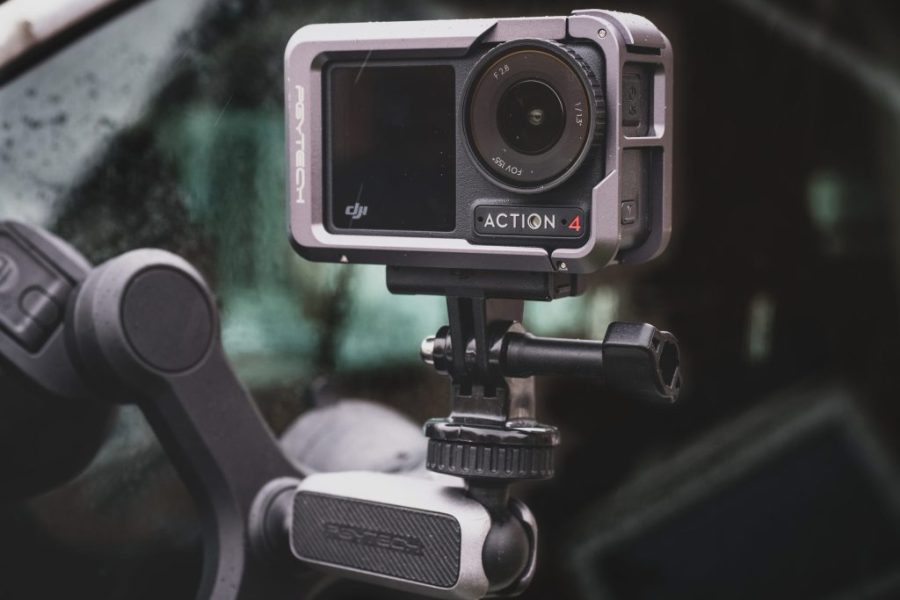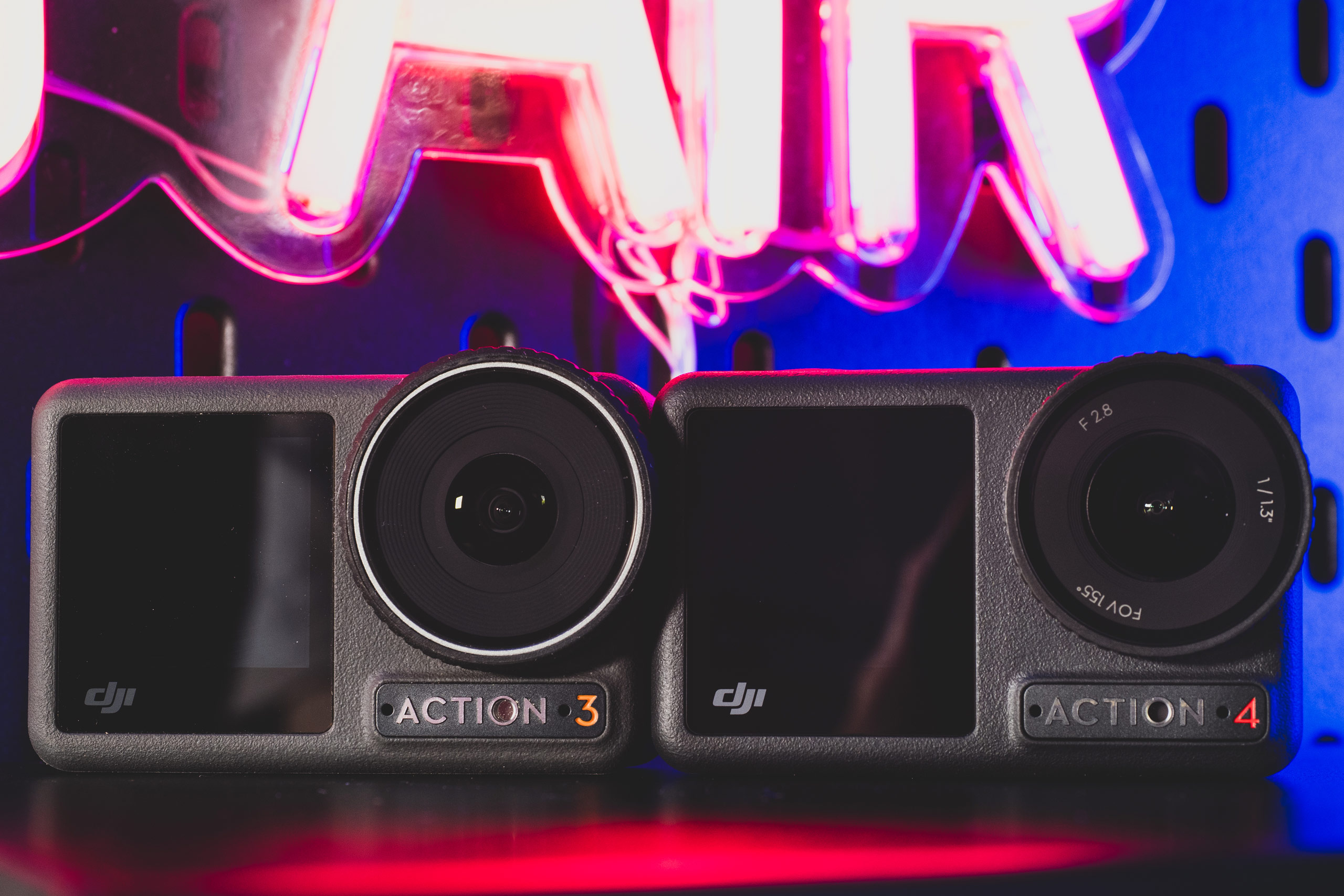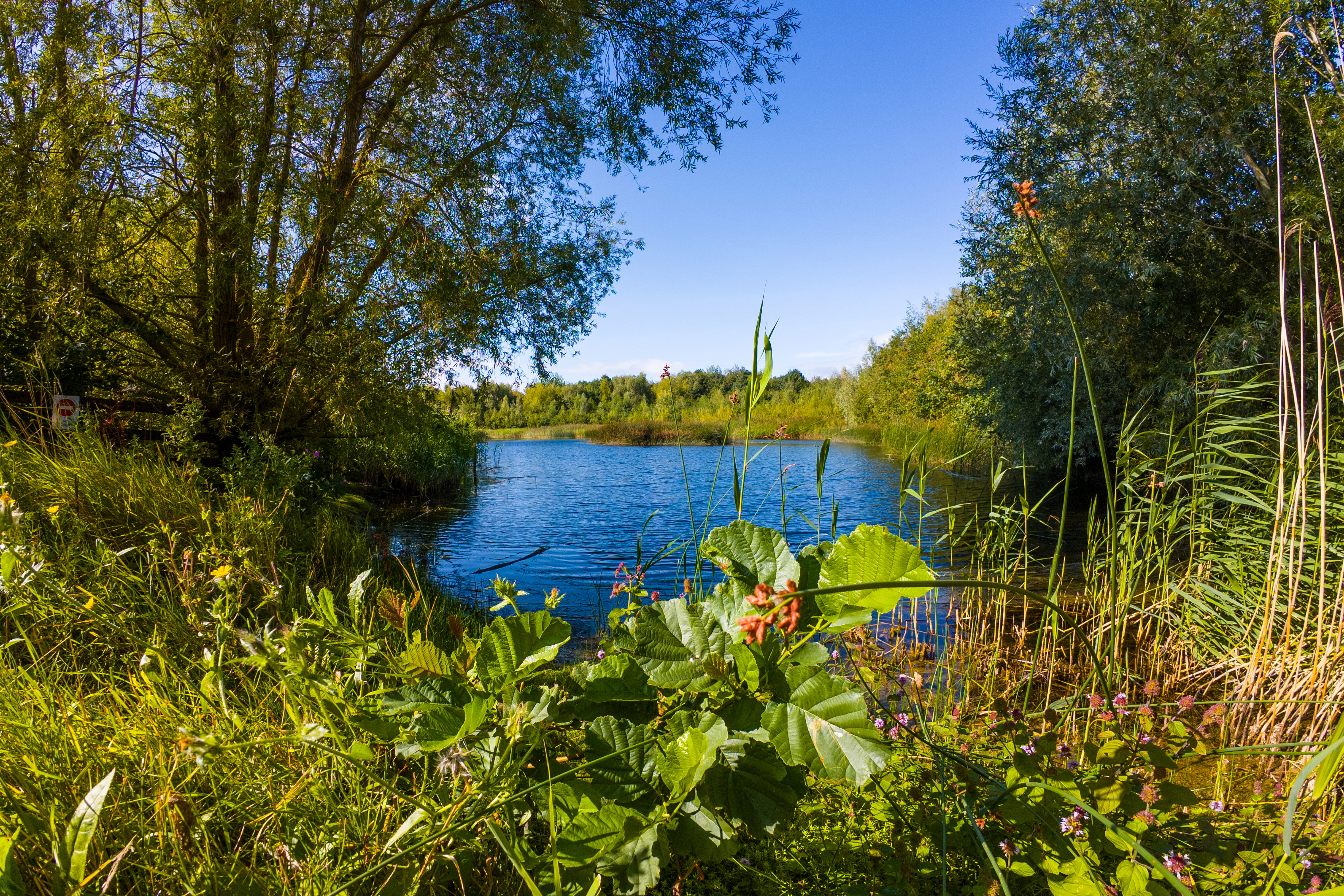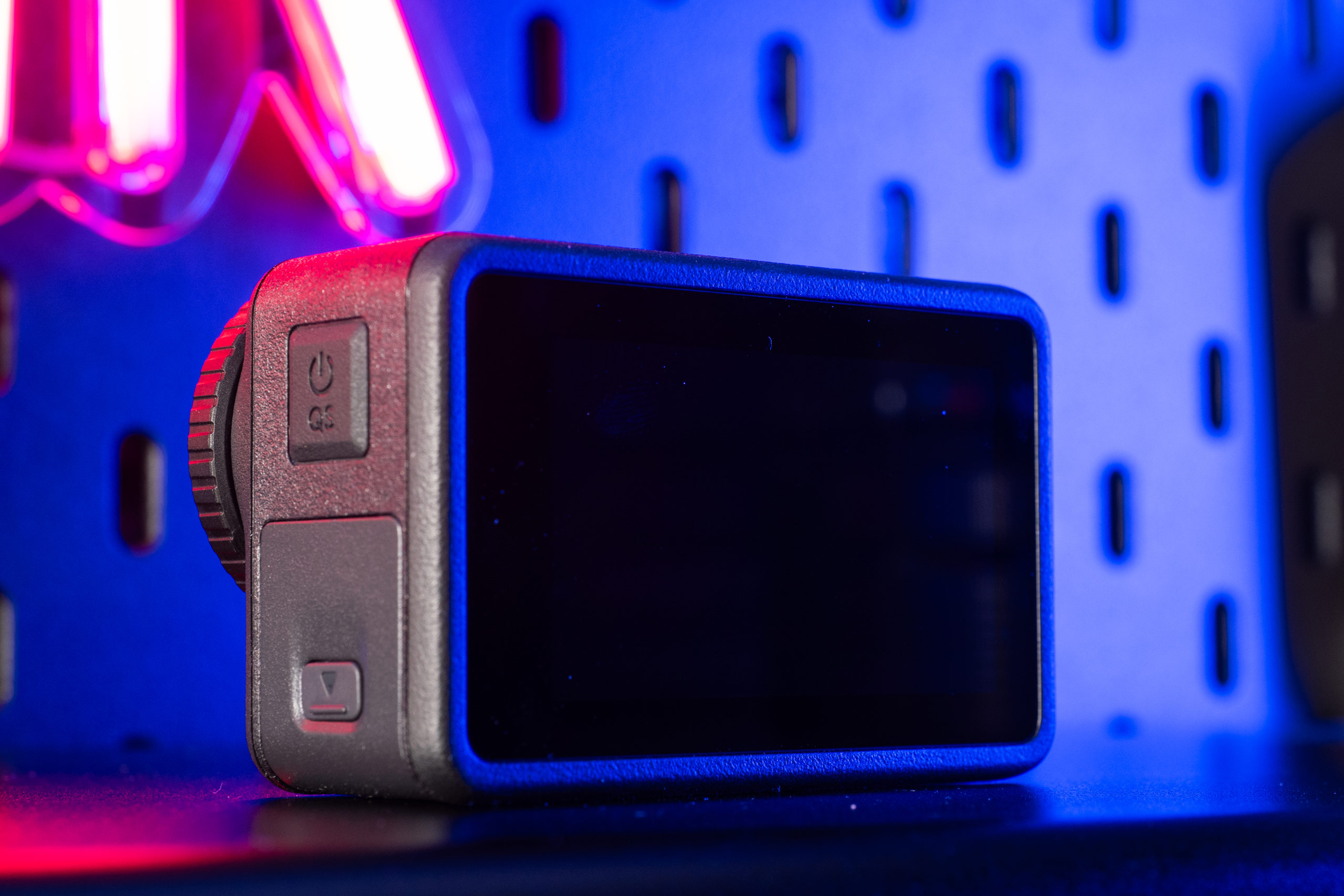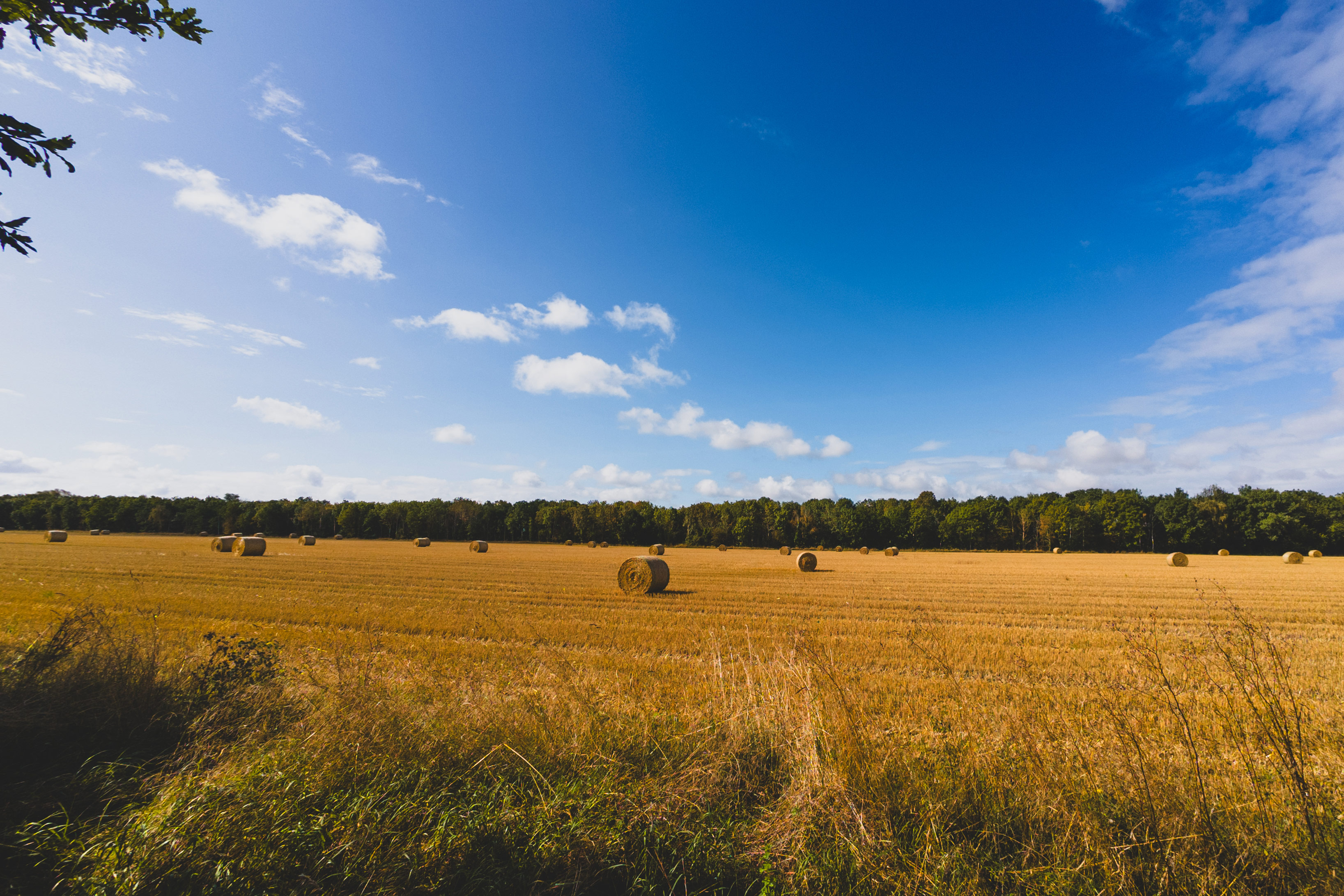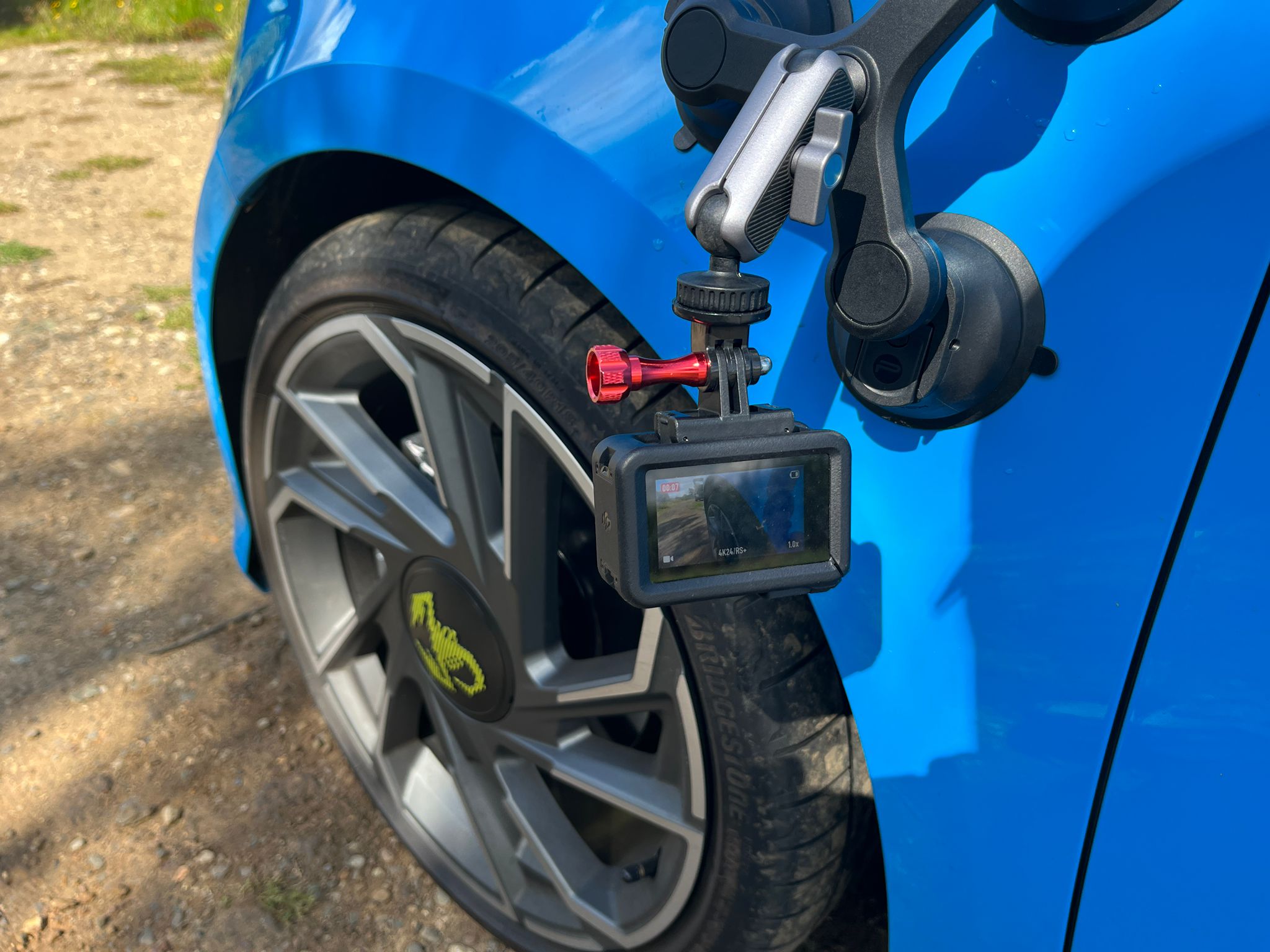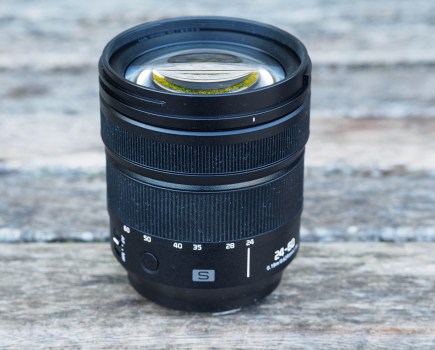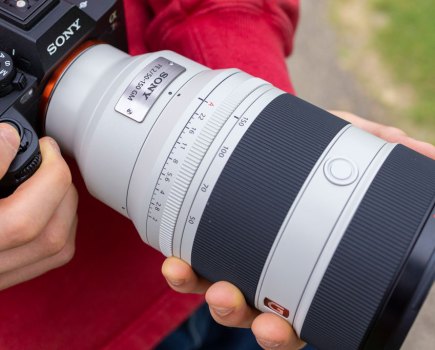Amateur Photographer verdict
A worthy upgrade to the Action 3; versatile, tough and well-featured with improved image quality – while not achieving the level of the GoPro Hero 12 Black.- Tough action camera
- Decent battery life
- Wide selection of resolutions and frame rates
- Good range of accessories
- Lower resolution stills capture
- No 5.7K
Back in 2019, DJI disrupted the camera sector when it released a feature-packed action camera to take on its biggest rival, GoPro; the Osmo Action. It was a busy few years after that. A curveball followed in form of the DJI Action 2: a device in a radically different form and without the Osmo name. The brand bounced back with the more familiar Osmo Action 3 and then this in August 2023, the DJI Osmo Action 4. So, now that we have been treated to the all-new DJI Osmo Action 5, does the Action 4 remain one of the best action cameras available? Matty Graham finds out.
At a glance
- Price: $269 / £289
- 1/1.3 inch CMOS sensor (10MP stills)
- Full HD to 4K resolution at 120fps
- Waterproof to 18 metres
- Built-in image stabilisation
- 155 degree field of view
Physically, you will hardly notice any real differences between the Action 3 and Action 4. Apart from the badge at the front, a slight difference in the mic pattern on the top plate and a tiny difference in the physical diameter of the lens cover, there are not many other changes.
The size and weight specifications are the same (with both units tipping the scales at 145g) so if, like me, you’ve invested in third-party cages for the Osmo 3 from the likes of Smallrig or PGY Tech, I’m pleased to report that these fit the Osmo 4 too; so they can be interchanged as you see fit.
The Osmo Action 4 also retains the magnetic Quick Release design that has proved popular and enables users to switch from regular shooting to a more social media-friendly portrait format orientation.
The same battery will also serve the same operating time of 160 minutes and just like the Action 3, the unit supports Fast Charge via a USB-C cable connection, with both cameras taking approximately 49 minutes to recharge the battery.
Remember, with the Adventure Combo you get three batteries and an innovative battery case that can be connected via USB-C to charge all three batteries at once.
Spot the difference
More similarities appear with the same-size 1.4-inch front facing LCD (perfect for Vloggers) and the presence of no less than three microphones to pick up audio. The LCD on the rear is also the same size and resolution as the Action 3 at 2.25-inches and both units offer the advanced RockSteady 3.0 stabilisation.
So, what are the new features the Action 4 brings to the table?
Well, the big news isn’t on the outside of the camera, but on the inside instead, and it’s all to do with the sensor. In fact, while the older Action 3 packed a 1/1.7-inch CMOS sensor, the new Action 4 increases this to 1/1.3-inch – the same size as that in the DJI Air 3 drone.
The larger sensor means the pixel size levels up to 2.4μm-equivalent, which should result in better image quality – particularly in low light conditions. In fact, this is the stand-out point of the Action 4: its a step up in the quality of content captured. Compared to the Action 3, the frame rates are the same, with 4K footage capacity up to 120p.
For example, instead of the Cinelike profile found on the Action 3, the new Action 4 offers 10-bit D-Log, opening up a wider dynamic range and also offering more tolerance for creators who want to push the colour grading further when editing footage in software such as Adobe Premiere.
Other changes between the Action 3 and Action 4 are that the newer model can use higher capacity MicroSD cards and be submerged further in water than the older model (18 metres v 16 metres). The real change, however, needs to be measured back at the computer screen when editing your footage.
I personally use action cameras a lot when capturing videos for a YouTube channel about cars that I film for. Given the nature of the subjects we’re filming, it simply isn’t safe to attach regular cameras to the outside of the cars when they are travelling at speed and, conversely, using regular cameras to capture footage inside cars is tricky, too, as they take up too much space.
This is why action cameras are so useful – they are built to take the knocks of everyday use and can even survive falling off a moving car travelling at high speed (trust me, it’s happened a few times) – but also their small size and wide field of view (155 degrees on both the Action 3 and Action 4) mean you can frame up the whole cabin of a car with one camera.
Brighter and clearer
So, does the larger sensor make a real difference out in the field, or should that be on the road? In short, yes, and by filming the same scene with the Action 4 and Action 3 side by side, I was able to analyse the quality of the footage after downloading the files and viewing them in Adobe Premiere Pro.
The main takeaway for me was how, scene after scene, the Action 4 returned a brighter picture, revealing more detail in darker areas of the frame, but also being noticeably bright across the whole frame, including the corners.
This difference in light capturing capabilities seems to be more pronounced when the FOV (Field Of View) mode is switched from Wide to Standard (Dewarp), with the Action 4 returning noticeably brighter footage across the frame again.
This assessment is consistent regardless of resolution, right through from Full HD to 2.7K to 4K, so it’s clear the newer, larger sensor delivers a genuine boost in image quality and will be greatly appreciated particularly by those who film a lot in low light conditions.
One extra note I discovered when recording test footage for this review was that, while the Action 3 offers a 5x digital zoom function, the newer Action 4 restricts this to just a 2x digital zoom option. This is not too disappointing as video quality degrades beyond 2x zoom. The Action 4 can zoom 4x for stills.
One further difference I noted during testing was that the older Action 3 offers ever-so slightly wider lens coverage despite apparently offering the same field of view (according to DJI specifications).
So, while both cameras offer an effective focal length in Standard (Dewarp) mode at 15mm, the Action 4 returns 12mm in Wide and 11mm in Ultra-wide, while the Action 3 offers 11mm at Wide and 10mm at Ultra-wide.
Ultimately, you can capture a vast field of view, and the DJI Action series is a versatile camera that can be used in a whole range of situations, along with offering additional creative features such as timelapse.
Backing up the Action 4 is the popular DJI Mimo companion app that makes it very simple to activate the camera, and also to operate the device remotely. This works well when I’m recording with the camera suction clamped onto a car, as I can start/stop recording via the app while sat inside the tracking car.
The app also unlocks features such as Hyperlapse, and the ability to use the Action 4 to Livestream video footage. You can also take advantage of DJI’s protection plan, which will provide a replacement unit should you somehow manage to write-off your Osmo Action 4.
Verdict
It’s interesting that DJI really zeroed in on image quality as the main upgrade for the Action 4 rather than messing about and changing the form factor like they did with the jump from the original Osmo Action to the Action 2.
This is a win for existing Action 3 users who are looking to add the Action 4 to their set-up, as you’ll already have the correct batteries, cages, mounts and other accessories, which can amount to a fair investment of cash – for example the PGY Tech cage I use costs around £40.
The bump in quality will be welcome news to filmmakers who incorporate action camera footage within their film-making, but it’s also worth noting what is missing from the Action 4, as I expected this new model to make the leap to 5.7K, which is offered at 60p on the GoPro Hero12 Black.
What’s more, the DJI Action 4 appears to fall short when it comes to capturing still images, too. DJI states in the specifications that the Action 4 will capture a 10MP image (RAW & JPEG) with a max file size of 3648×2736 pixels at 4:3 ratio or 4000x2256pixels at 16:9 ratio. Meanwhile, the GoPro Hero12 Black delivers a 27MP stills image measuring 5568×4872 pixels.
Significantly, the new DJI Action 5 can now capture 40-megapixels JPEGs or RAW. This translates to a jump in max pixel size from 4000 x 2256 pixels on the Action 4 to 7296 x 5472 pixels: the new version boasting almost double the pixel size. The Action 5’s video is noticeably improved on this, too.
That said, for a super-tough action camera, with a decent battery life, a wide selection of resolutions and frame rates and with a big range of accessories to pair with the camera, the DJI Osmo Action 4 remains an excellent choice that won’t disappoint. It may yet undergo a drop in price thanks to its new, undoubtedly improved successor.

Watch our DJI Osmo Action 4 video review below:
Read our guide to the best action cameras to buy.
Follow AP on Facebook, Twitter, Instagram, YouTube and TikTok.

